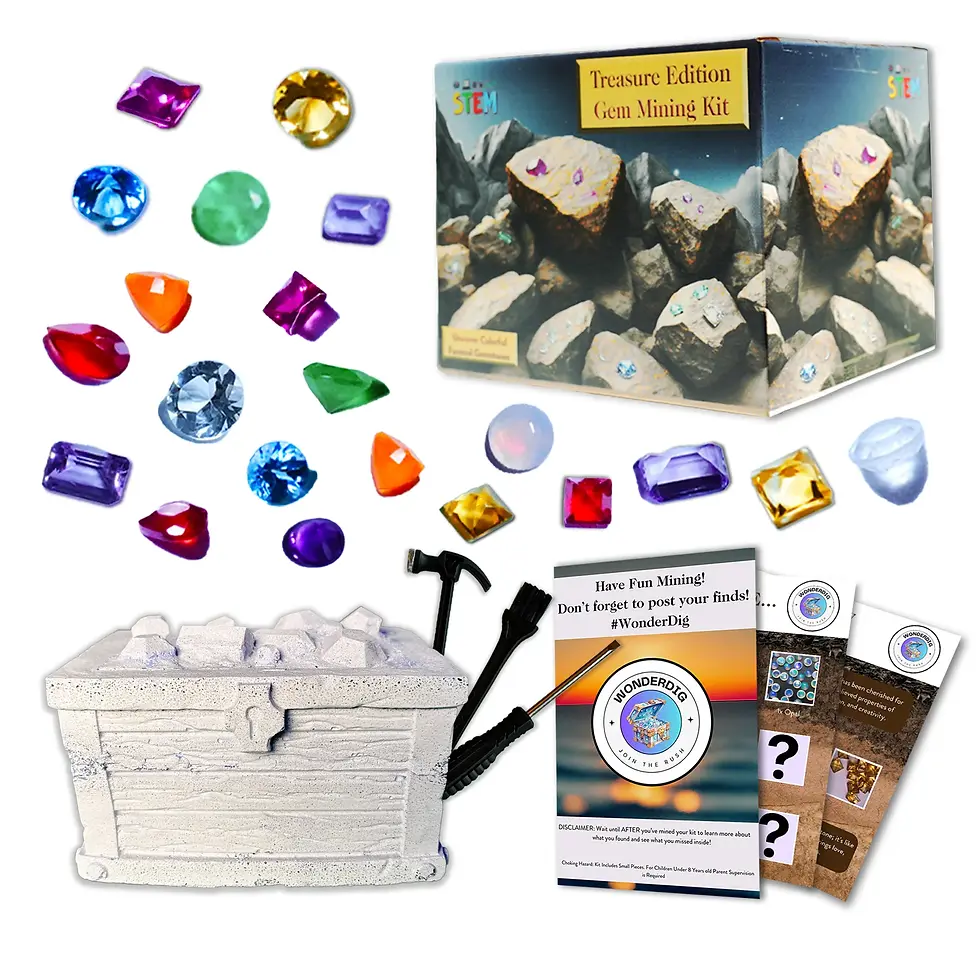Discover the World of Turquoise: A Guide to Famous Mines and Their Treasures
Turquoise, with its captivating blue-green hues and rich history, has been cherished by cultures around the world for thousands of years. From ancient mines in Persia to modern-day treasures in the American Southwest, turquoise continues to enchant and inspire. This guide explores the most famous turquoise mines, offering insights into their history, significance, and the unique characteristics of the gemstones they produce.

What is Turquoise?
Turquoise is a copper aluminum phosphate mineral known for its striking color and intricate matrix patterns. It forms in arid regions where copper-rich groundwater interacts with minerals in the surrounding rock. The presence of copper gives turquoise its distinctive blue color, while iron and other elements can introduce green tones. This mineral's beauty and rarity have made it a prized gemstone for millennia.

Famous Turquoise Mines:
1. Sleeping Beauty Mine, Arizona:
Characteristics: Known for producing turquoise with a solid, sky-blue color and minimal matrix, Sleeping Beauty turquoise is highly sought after for its pure and vibrant appearance.
History and Significance: This mine has been a major source of turquoise for decades and remains a favorite among jewelry designers and collectors.
Visitor Experience: Although the mine is no longer in operation, its turquoise continues to be available through reputable dealers and collectors.
2. Kingman Mine, Arizona:
Characteristics: Kingman turquoise is famous for its diverse range of colors and matrix patterns, including the classic "spiderweb" pattern.
History and Significance: One of the oldest and most productive turquoise mines in the world, Kingman has a rich history and continues to produce high-quality turquoise today.
Visitor Experience: The Kingman mine offers tours and has a retail shop where visitors can purchase turquoise jewelry and specimens.
3. Blue Gem Mine, Nevada:
Characteristics: Blue Gem turquoise is known for its vibrant colors, ranging from blue to green, with intricate matrix patterns.
History and Significance: This mine has been a significant source of turquoise for many years, contributing to Nevada's reputation as a leading producer of turquoise.
Visitor Experience: While the mine is not open to the public, its turquoise can be found in various rock shops and at gem shows.

Historical and Cultural Significance:
Turquoise has been revered by many cultures for its beauty and symbolic meanings. In ancient Egypt, it adorned the jewelry of pharaohs and was believed to bring protection and prosperity. Native American tribes have long valued turquoise for its spiritual significance and use it in ceremonial objects, amulets, and jewelry. Today, turquoise remains a symbol of wisdom, protection, and good fortune across the globe.
Collecting and Using Turquoise:
Evaluating Quality: The quality of turquoise is determined by its color, matrix pattern, hardness, and polish. High-quality turquoise is dense, vibrant, and free of visible cracks.
Caring for Turquoise: To maintain its color and luster, turquoise should be protected from prolonged exposure to sunlight, heat, and chemicals. Clean it gently with a soft cloth and avoid ultrasonic cleaners.
Incorporating Turquoise: Turquoise is versatile and can be used in various designs, from traditional Native American jewelry to contemporary fashion pieces. Its unique color adds a touch of elegance and sophistication to any outfit.

Environmental and Ethical Considerations:
As awareness of environmental and ethical issues grows, the importance of sustainable and responsible mining practices has come to the forefront. Look for turquoise sourced from mines that prioritize environmental protection and fair labor practices. Supporting local artisans and businesses that adhere to ethical standards helps ensure the longevity and sustainability of turquoise mining.















Comments